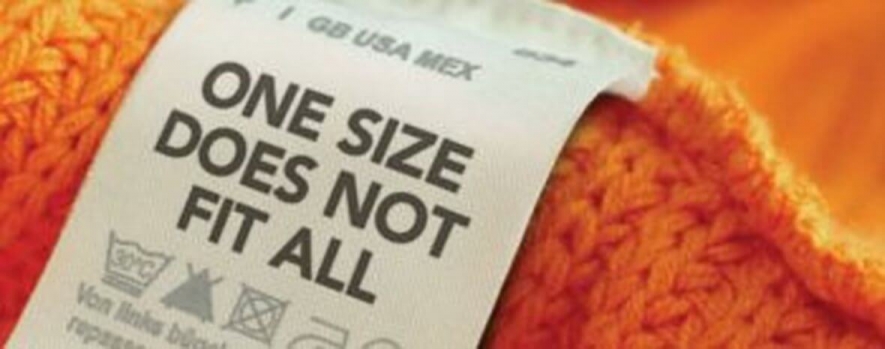
Products designed to comply with ANSI/ISEA 101-2016 meet a national standard for limited-use and disposable coveralls. The standard provides minimum sizing, packaging, and labeling requirements for limited-use and disposable clothing. The standard also includes a sizing chart to help users select the correct size.
To understand the concept, it’s important to understand what ANSI is and what they do. ANSI stands for American National Standards Institute. It was established in the early 1900s as a method of standardizing electronics and electrical products and service
Today, it applies to a much more extensive range of systems, processes, and products intended for industrial and consumer use. An American National Standard is intended as a guide to aid the manufacturer, the consumer, and the general public. These standards are subject to a periodic review every 5 years.
What is the relationship between ANSI and ISEA?
As an organization, ANSI does not actually establish these standards, it simply lays out the framework for the standards to be developed. Then, it accredits organizations that have developed national standards based on this framework. These standards are processed and approved using consensus procedures required by ANSI.
The International Safety Equipment Association (ISEA) is the accredited organization and administrative body for this standard. The actual review and writing of the standard are the responsibility of The Protective Wearing Apparel Group at ISEA. ISEA membership is comprised of leading manufacturers and sellers of safety equipment.
While ANSI standards are common, they are strictly voluntary. Manufacturers are under no obligation to adopt their principles. However, manufacturers that do use them are able to label their products and processes as ANSI standardized. This is important because it shows the end-user that the product they are using is made and issued with integrity.
What is ANSI sizing?
In garment sizing, there is a lot of confusion as to what the “true size” of an article of clothing is because sizing varies so much from manufacturer to manufacturer. While we expect that a size 10 dress will fit like a size 10 dress, no matter what manufacturer is making it, the fact is that not every clothing maker operates under the same standards. The same applies to protective apparel.
ANSI helps provide standard specifications and an aspect ratio in order to maintain consistent sizing across manufacturers who produce protective clothing with ANSI sizing.
ISEA is an ANSI accredited developer that sets standards for minimum clothing sizes based on body measurements. A table exists that is based on these measurements that are meant to serve as a sizing guide for manufacturers. These measurements are for a minimum starting place for ANSI-sized protective clothing, but they don’t prevent a manufacturer from exceeding these measurement guidelines.
Why is ANSI/ISEA sizing important in protective apparel?
Having work and safety apparel that fits properly is important because:
- Well-fitting garments minimize your risk of exposure to hazardous materials and conditions
- A properly fitting ANSI coverall allows you to perform your tasks without having to adjust or accommodate the garment
- Well-fitting garments are more comfortable. Workers that are comfortable are more likely to wear the garment, leading to higher compliance.
- Garments that are too loose may bag, bunch, rip, wear out too quickly, or fail to protect the wearer. They can also cause a tripping hazard or get caught in machinery that could lead to serious injury.
- Workers may remove ill-fitting garments and expose themselves to hazards in the workplace.
- Garments sized true to ANSI sizing standards are typically larger than those are not. As a result, an ANSI Large may be as big as a non-ANSI sized Extra Large. Smaller sizes cost less and can reduce cost of use.
When you purchase ANSI/ISEA sized clothing for your workforce, you can be certain that each garment is sized according to a national standard. Garments undergo test methods such as wear test requirements to ensure the garments live up to their performance class and/or applications. Standardization makes ordering and provisioning easier, taking the pressure off management to adapt to an uncertain sizing system.
So, does ANSI sizing matter? The short answer is yes. Properly sized protective apparel is an investment in safety and productivity. You will be supporting your workforce with well-fitting garments, ensuring they can do their jobs in comfort while meeting safely mandates.
Copies of the ANSI/ISEA 101-1996 (R2008) standard can be purchased from ISEA.
All International Enviroguard protective clothing complies with ANSI/ISEA 101-2016 for maximum comfort, convenience, and safety. For more information, reach out to International Enviroguard today.